Leave The Leaves This Fall
By Leah Wells
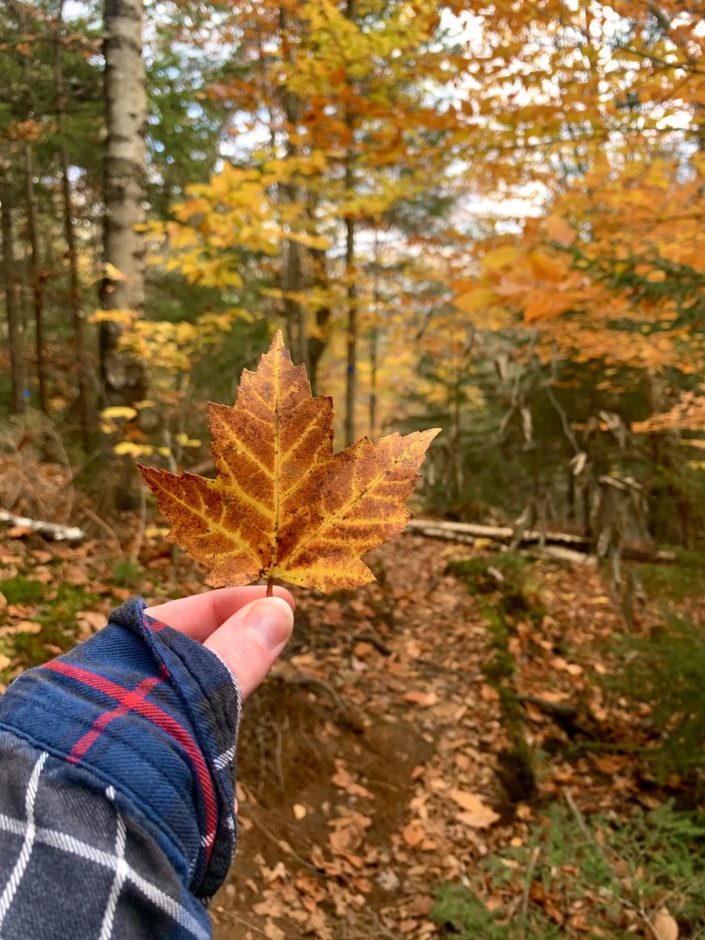
Once leaves fall to the ground, leave them be! Deciding not to rake, blow, and dispose of your leaves not only benefits native wildlife but provides nourishment to your garden and lawn.
By Leah Wells

Once leaves fall to the ground, leave them be! Deciding not to rake, blow, and dispose of your leaves not only benefits native wildlife but provides nourishment to your garden and lawn.
by Leah Wells

Surveying for bats means staying up late and spending a lot of time in the dark. Our evenings begin a few hours before sunset, giving us just enough time to set up for the night. We start off by scouting locations to set up our mist-nets which we use to capture bats. These fine nets, ranging from 8 – 30 ft across and 16 ft high, are attached to tall poles stationed along corridors which bats often use to forage for food. With our nets ready to be deployed, we use the last of the daylight to set up our work station where we will process the bats we hopefully catch.
Continue reading “Special Guests During Bat Survey Nights”by Meaghan Lyon
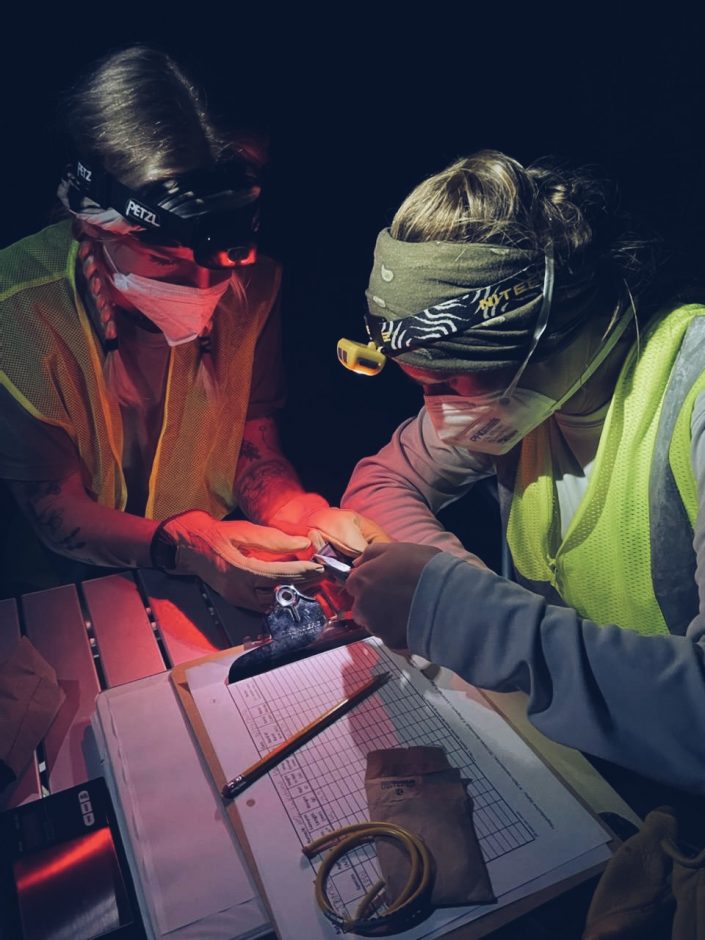
Since 2018, CWF has partnered with the USFWS New Jersey Field Office in completing summer mist netting surveys for bats in the Pinelands. The goal of these surveys is to capture the federally threatened Northern long-eared bat and track these bats to maternity roosts.
Continue reading “Summer Mist Netting Surveys for Northern long-eared bat Come Up Short Handed”by Ben Wurst / Habitat Program Manager
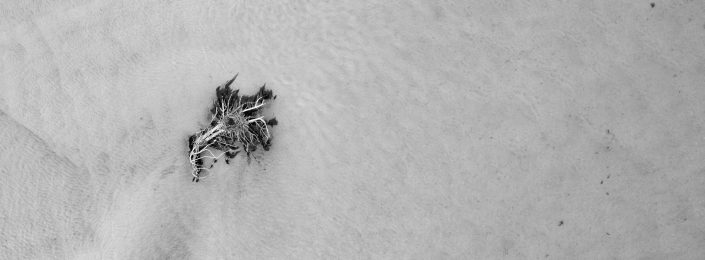
In the coming weeks CWF staff, NJDEP Biologists, and a handful of dedicated volunteers will descend onto the coastal saltmarshes of New Jersey to conduct a census of nesting ospreys. The last census was conducted in 2017 when 668 nesting pairs was recorded. They will survey remote areas of back bays by boat. Nests are surveyed in a variety of methods, with ladders being the traditional method, which allow for closer inspection of nests and banding of young for future tracking. Other nests are surveyed from a distance using optics or cameras with telephoto lenses, a mirror, smartphone or GoPro on an extension pole and a sUAS (when operated by a FAA licensed unmanned pilot). The goal is to recorded the total number of nesting pairs throughout the State.
Continue reading “Photo from the Field: Failed”by Ben Wurst, Habitat Program Manager
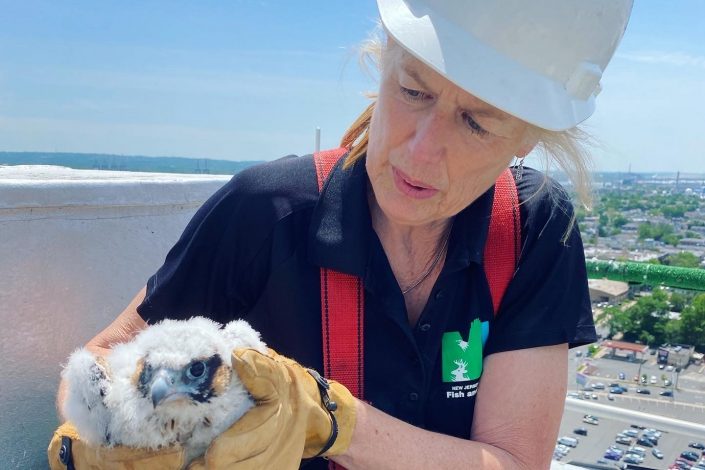
On May 23, NJDEP Fish & Wildlife Supervisory Zoologist Kathy Clark and myself visited the Union County Courthouse in Elizabeth, NJ to band the three eyases that were produced by the nesting pair of peregrine falcons. We were joined by Union County staff and guests, who assisted with the banding. The nest is located on the roof of the building. As soon as the hatch made a sound, the adults took off and started to defend their nest and flightless young. As we enter their turf, we are dive bombed by the adults — it is clear that the female has become more aggressive — as she flies very close to us on the roof in sweeping dive bomb attacks. As Kathy goes to the nest to grab each young who are placed in reusable shopping bags, I use her trusty feather duster to ward off the adult female. All who enter the roof wear fall arrest harnesses and hard hats. Kathy and I know that the hard hats are not just worn for fall protection, but also from attacks from above. Both of us received bumps from the adult female to our helmets!
Continue reading “Union County Falcons Thrive in Urban Ecosystem”by Ben Wurst, Habitat Program Manager







Over the past several years, I have worked with LBIF to help guide their efforts to provide habitat for wildlife on their property in Loveladies. We have always wanted to establish another, larger “turtle garden” for nesting female N. diamondback terrapins, since they are a common visitor during summer months. This spring we received a small grant from the Garden Club of Long Beach Island to establish a new turtle garden at LBIF. Late last month we ordered 15 tons of mason sand from a local supplier, which provides excellent nesting habitat, with small grain size and little organic matter. Myself and Jeff Ruemeli, who is the new Director of Sciences at LBIF, worked to install coir logs to hold the sand before spreading it out by hand. I followed up with planting around 30 seaside goldenrod plants at the site to help stabilize sand and provide foraging habitat for pollinators.
Continue reading “Photos from the Field: Giving LBIF’s Terrapins a Boost!”by Ben Wurst, Habitat Program Manager
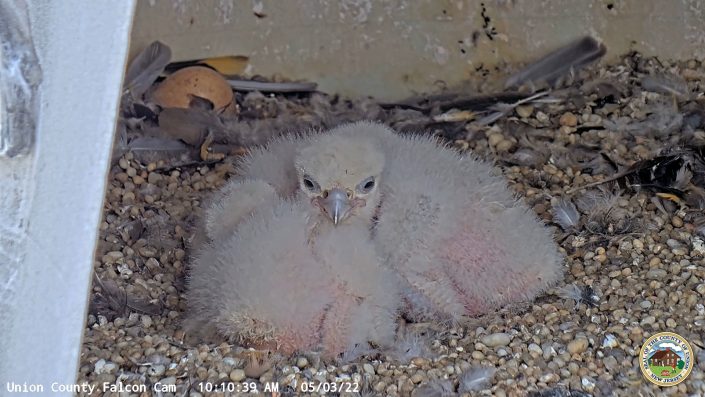
Another season of growth and new life is here! As many species are beginning their annual life cycle to reproduce, some peregrine falcon pairs already have young. The eyases (young falcons) at the Union County Falcon Cam are a prime example. They are now a little over a week old and have been examined and treated for a pigeon borne disease, called trichomoniasis, which adult falcons can transfer to their young. If young falcons would get trich., then they could perish. Kathy Clark, NJDEP Fish & Wildlife Supervisory Zoologist, UC staff and colleague Cathy Malok, w/ The Raptor Trust visited the site to ensure the survival of this brood.
Continue reading “Three healthy peregrine falcon eyases in Elizabeth!”by Meghan Kolk, Wildlife Biologist

Conserve Wildlife Foundation has successfully completed the restoration of the Certified Wildlife Habitat behind the Trailside Nature and Science Center at Watchung Reservation. The project was initiated last fall with a major clean up of the overgrown and neglected garden. The cleanup included pulling weeds, digging up unwanted and overgrown plants, trimming shrubs and trees, clearing vines from trees, and raking and blowing leaves. As a result, sunlight was let into the garden so that new wildlife-friendly plants could be added. After the cleanup, new native shrubs were planted that attract bees, butterflies, hummingbirds, and other birds. A new deer fence was also installed to protect the plantings from deer browse.
Continue reading “Restored Garden is Ready for Wildlife at Watchung Reservation”by Meaghan Lyon, Wildlife Biologist
Our infamous Piping Plover pair, Joey and Hamlet, officially have a nest!
Joey (the male), and Hamlet (the female) were seen exhibiting breeding behavior for weeks since arriving back to their nesting grounds. The pair had been favoring a spot recently improved with habitat enhancements that included removing dense American beach grass and adding shell cover.
Continue reading “New Nest Alert!”by Todd Pover, Senior Wildlife Biologist
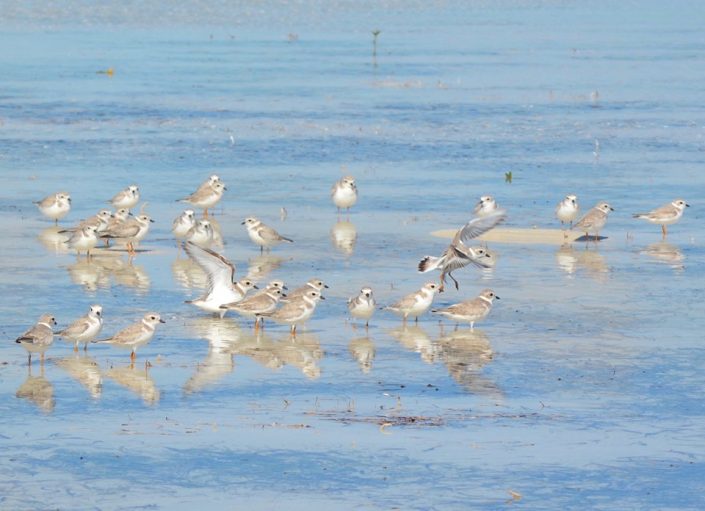
Just a few hours after landing on the island of Abaco in the Bahamas in early February, I had my scope focused on several dozen piping plovers scurrying across an expansive sand flat. This was good news; the foraging flat still supported a healthy number of wintering plovers. The last time I had been at this site was almost exactly three years ago. A lot has happened since then.
On September 1, 2019, a major Category 5 storm, Hurricane Dorian, struck and lingered over the island of Abaco, and then Grand Bahama, bringing with it sustained winds of 185 MPH and gusts of 220 MPH, the strongest storm on record to hit the Bahamas. As expected from a storm of this intensity, lives were lost and devastating damage occurred to buildings and infrastructure. The natural environment took a beating too. As just one example, the pine forests, typical of these two Bahamian islands, that were in the direct path of the storm were nearly entirely destroyed – even today, 2 ½ years later, the sight of a “ghost forest” as far as the eye can see is a shocking sight.
Continue reading “A Return to the Bahamas in Search of Wintering Piping Plovers”